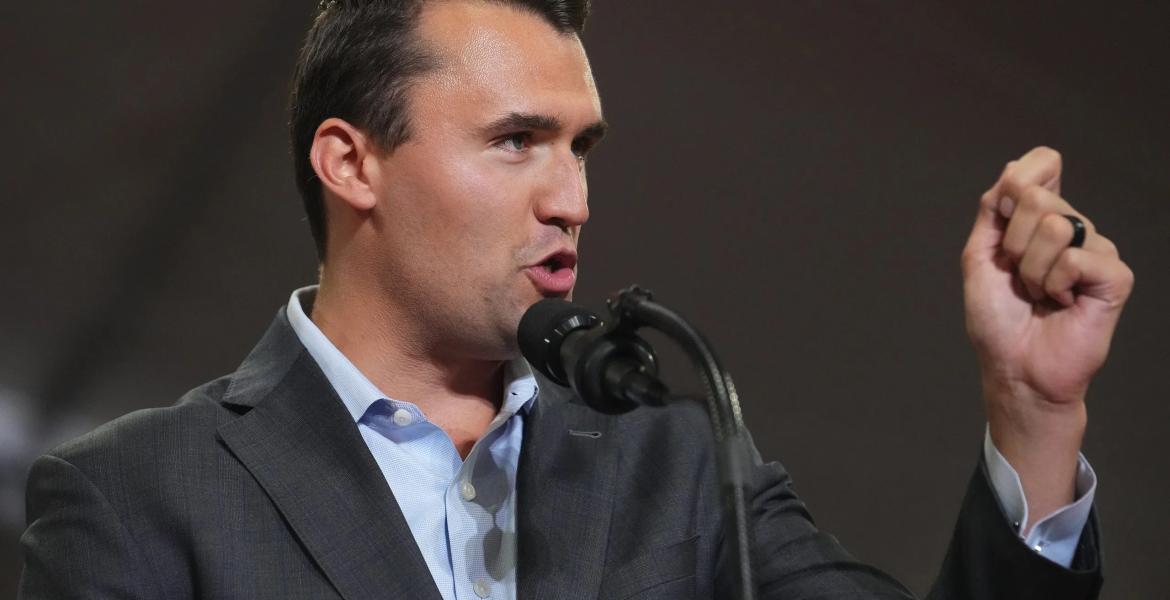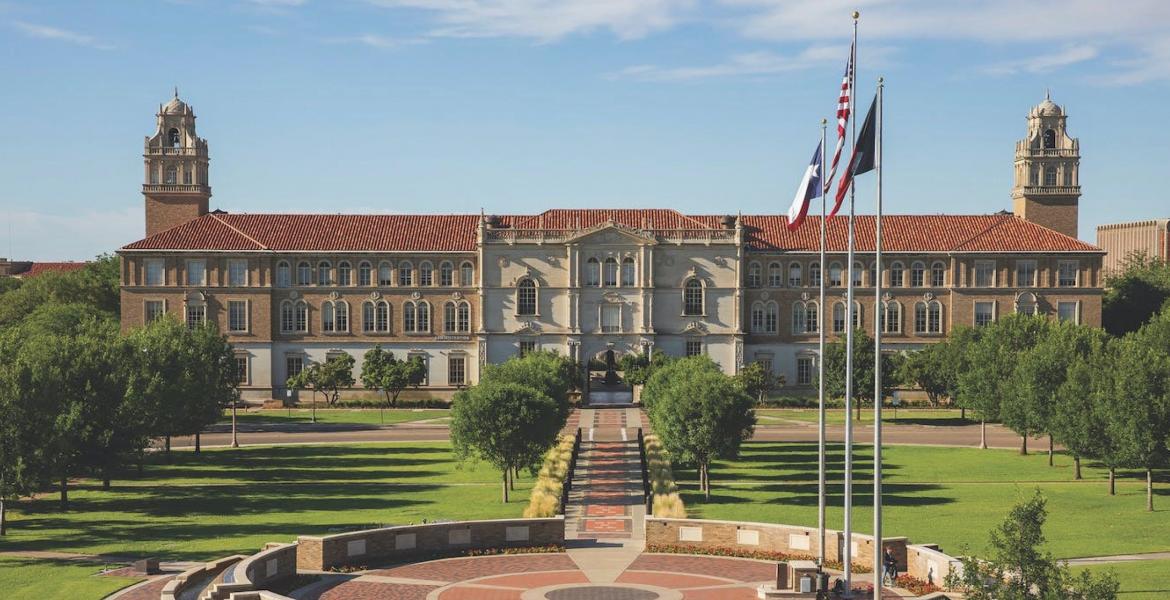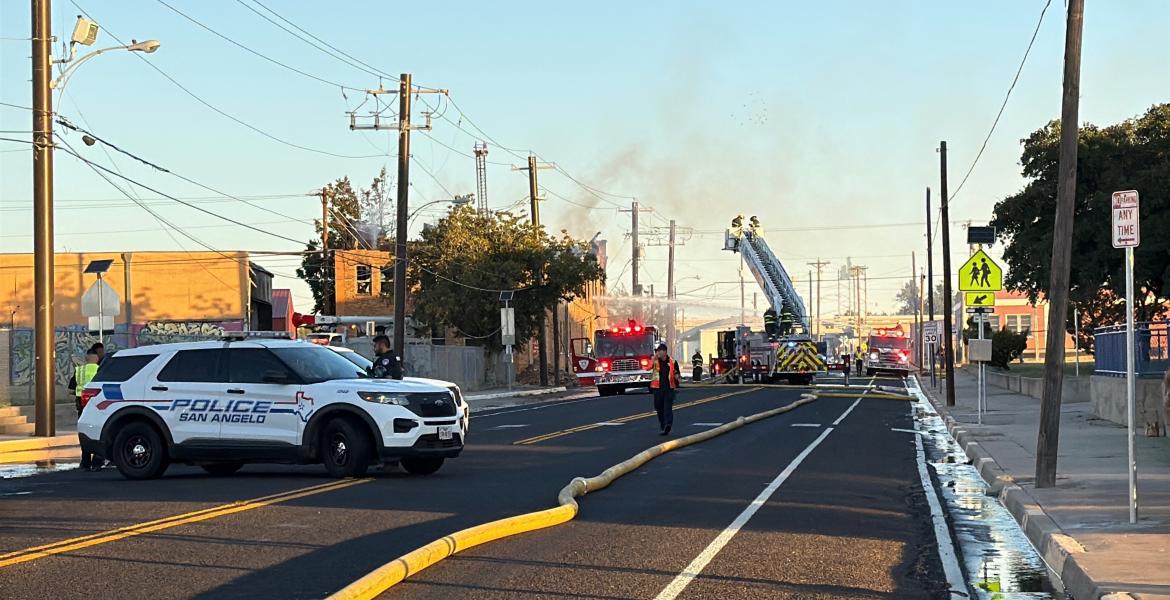SAN ANGELO, TX — Two degree plans to prepare students for a career in aviation operations will be offered through Angelo State University’s Norris-Vincent College of Business starting the Fall 2021 semester. Called a bachelors in commercial aviation, or BCA, there are two tracks. One track will be for students wanting to become airport managers, fixed base operators, or airline or air freight back office managers called Flight Operations and Management. The other track is to graduate as a licensed pilot called Flight Operations.
The Flight Operations track will cost in the neighborhood of $75,000 for the four-year, 250 flying training hour program. Upon graduation, the student will have obtained the following FAA certifications:
- Private pilot single engine
- Private pilot multi-engine
- Instrument pilot
- Commercial pilot
- Certified flight instructor
- Instrument instructor
Dr. Don Topliff, who is also a general aviation pilot, as the provost and director of academic affairs, is the point man on the new degree plans. He described a pilot training operation similar to the US Air Force’s Specialized Undergraduate Pilot Training program except this one uses piston-powered propeller airplanes, not T-38s or T-1s. The primary feature is the Air Force’s use of newly minted graduates to teach the incoming students. For the graduate of Air Force pilot training, this is called getting FAIPed and FAIP stands for First Assignment Instructor Pilot.
“Some of the graduates will be hired by the school to teach the next round of student pilots,” he said. Doing so provides a steady flow of able Certified Flight Instructors with Instruments, or CFIIs. Flying as an instructor provides graduates with means to build hours to be competitive for an airline job. Most regional air carriers require 1,000 hours of flying time to be hired.
For example, Envoy, the regional carrier for American Airlines that serves San Angelo, requires 1,500 total flying hours, but that requirement is reduced to 1,000 hours if the applicant graduated from a 4-year aviation university program like Angelo State’s.
The Aviation program will require ground school that can be accomplished in current ASU buildings on campus, but to provide the hands-on flying, the University is turning to an already operational FAA Part 141 flying school at San Angelo’s Mathis Field. But Angelo State isn’t purchasing the school. Instead, yet-to-be-named investors are purchasing Skyline Aviation and ASU’s program will operate under that flight school’s FAA Part 141 designation.
Topliff would not name the proposed new owners pending finalizing of the purchase contract that should be complete this week. When the ASU aviation program was announced, two benefactors donated around $800,000 for simulators. Topliff said two Diamond DA40 aircraft, manufactured by the Austrian company, will be the initial primary trainers. There are plans to add a twin-engine Diamond DA62 or similar as the program matures.
Skyline already uses two single-engine Diamond aircraft for its flying training program. Diamond is known for its excellent safety record and highly efficient airframe design.
Angelo State received approval from the Texas Tech University System to inaugurate the aviation degree programs in May 2020. To sell the program to the regents, ASU used a study that claimed the global market will require 800,000 new pilots over the next 20 years. Other federal studies indicate the Air Force, Marines and Navy are all suffering from a drastic shortage of pilots. Traditionally, military pilots feed the commercial aviation pilot needs. Less military pilots leaving the services for commercial aviation jobs means civilian pilot pipelines will be necessary.
Adding to those issues is the impending retirement of up to 60,000 civilian pilots over the next five years. According to a report from the economic modeling company, EMSI, there will be a need for 87 pilots trained every day for the next 20 years to meet the projected need.
In summary, the ASU aviation program will graduate FAA licensed CFII pilots and some of those graduates selected will work in the ASU program training more pilots until obtaining enough hours to qualify for a commercial or business aviation job. Generally, obtaining an additional 750 hours after graduation will take about two years, depending on the flying training hours available. Topliff admitted the $75,000 price tag was steep but not out of line with other programs elsewhere. He added that ASU’s financial aid and scholarship programs can help finance each student.
Subscribe to the LIVE! Daily
Required






Post a comment to this article here: